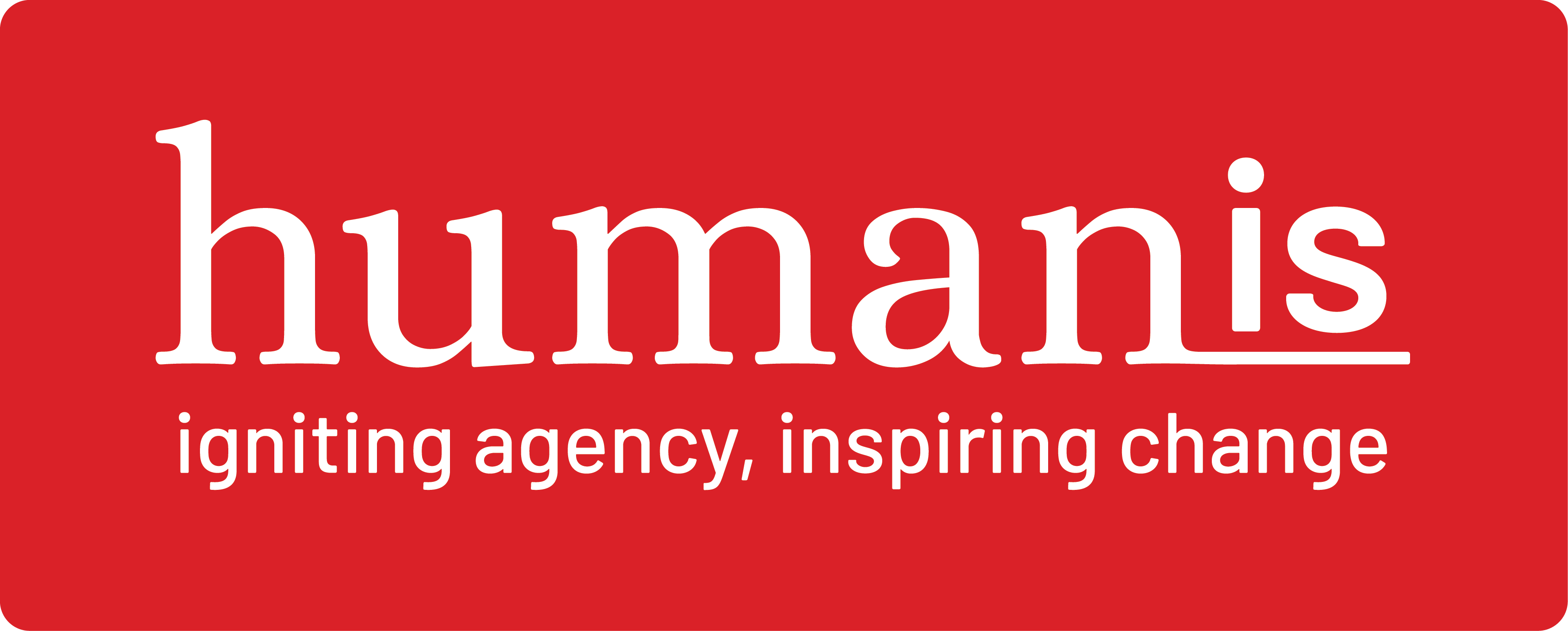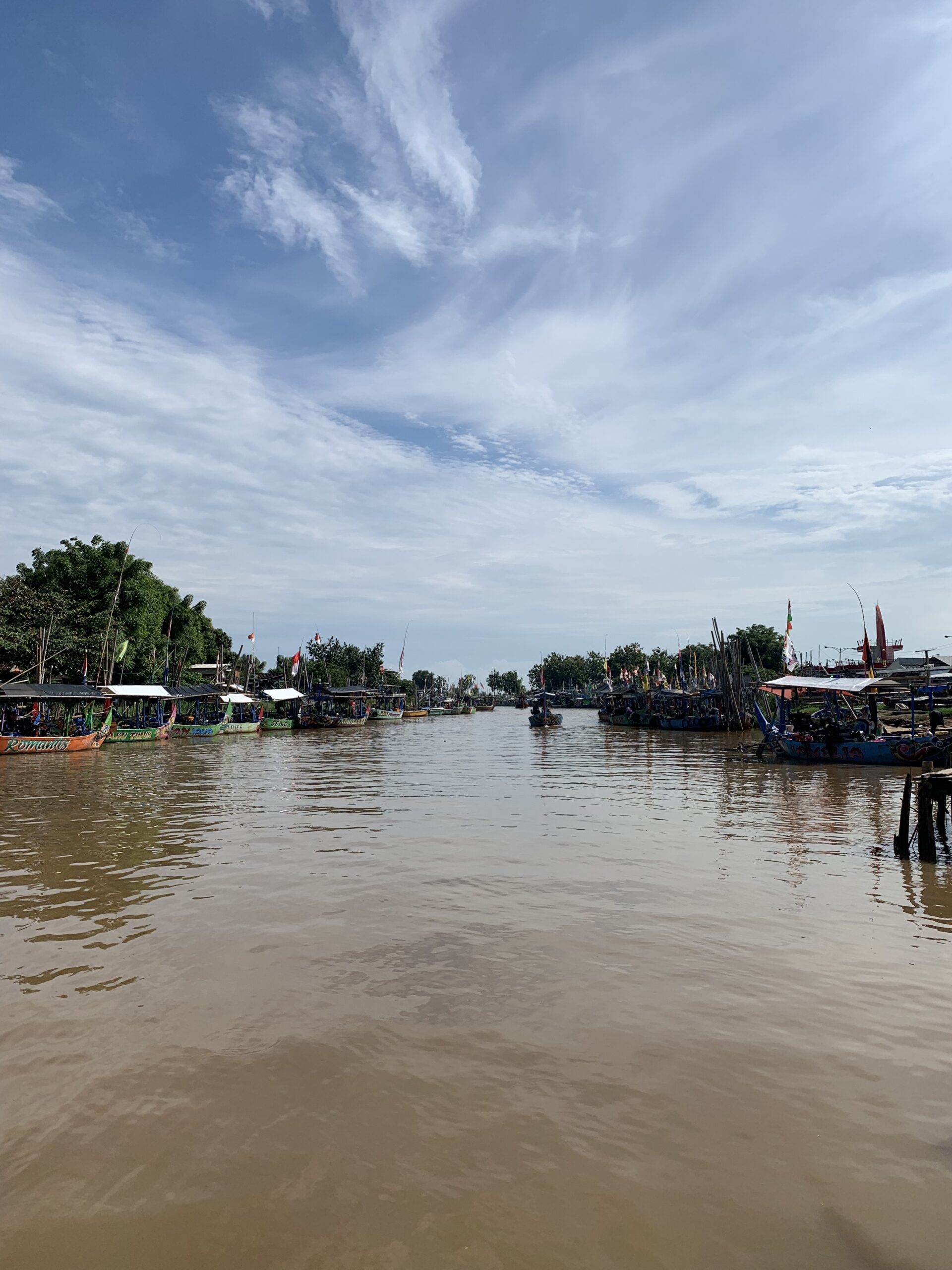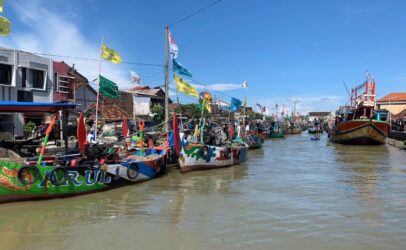Navigating Environmental Challenges: Understanding Women’s and Coastal Communities’ Vulnerability to Climate Change through Village Profiles
Authors: Fadilla D Putri, Nisrina Nadhifah

That morning, the streets in Demak Districtwere congested, with trucks and large vehicles filling in the road. It turned out there was road maintenance underway, leaving only one section of the road to use. From there, we turned towards Bedono Village, not far from the Pantura Highway, and followed the concrete roads along a river.
Initially, this village had 7 hamlets (dusun/dukuh), but due to erosion and tidal floods, four hamlets have ‘disappeared’ (Rejosari, Mondoliko, Tonosari, Tambaksari) while the other three hamlets have submerged (Pandansari, Morosari, Bedono).1 Four of thseven hamlets in Bedono village that ‘disappeared’ due to the high abrasion rates, sea level rise and land subsidence because of the climate change and nearby industrial operations around the village.
In 2006, around 200 households in Rejosari hamlet were forced to move because their houses were flooded by seawater–currently, only one household remains, struggling to survive in the water.2 While in Tambaksari hamlet, now only inhabited by 12 families, continues to fight to protect the grave of its ancestor, Mbah Mudzakir. A similar situation was experienced in Mondoliko hamlet, where around 100 households were forced to relocate in 2023 as all the road access in the hamlet was submerged in water.3
Another village, Sengonin Batang District, has 6 hamlets including Roban, Sipelem, Sengonsari, Winong, Krajan and Pucungkerep. We arrived in Sengon Village on a Friday afternoon in December 2023, where most fisherfolks were taking a day off. The Fisherfolk Empowerment for Climate Resilience and Sustainability in Central Java (FOCUS) project’s implementation village was actually Roban, but we met in Sengonsari instead to make it more accessible for residents from other hamlets to come and join the discussion that we arranged. With the unpredictable weather, we feared heavy rain on the road to Roban, especially with many routes closed for repairs.
On the other hand, Gempolsewu Village in Kendal District, directly borders Batang District is separated by a large river called Kali Kuto.. Gempolsewu Village has 17 hamlets (dusun/dukuh), they are: Krangkong, Sewuni, Tawang Barat, Kumpulsari, Gempolsewu II, Tawang Tengah, Gempolsewu I, Karanganyar, Tegalkapang, Gubugsari, Sigentong, Randusari, Rejosari, Bulusan, Saribaru, Lomansari, and Tawang Laut. The village area is divided into two sections: east of the river (wetan kali) and west of the river (kulon kali).
The main mode of transportation in Gempolsewu Village is the getek boat provided by a man who is always ready if we sayto him two words in ndonesian or Javanese language: “Pak, nyebrang,” which means ”Sir, we need to cross the river,”. With a fare of 2 thousand rupiahs, he will take is for one way trip to our destination. Only in January 2024, a suspension bridge was built to connect two parts of Gempolsewu Village. However, the bridge is not yet fully in use as it is still undergoing quality assurance process.
In Gempolsewu floods from the overflowing river comes every year during the rainy season. There was once a plan to divide the area across the river into a separate village in order to access the village funds (Dana Desa).
Meanwhile, the residents of Bandungharjo Village inJepara District, mostly work as farmers and fisherfolks. However, due to declining catches caused by unpredictable weather, many of them have become Indonesian Migrant Workers (Pekerja Migran Indonesia) abroad. According to the residents, about 30% of Bandungharjo Village residents currently work overseas, both men and women, mostly in Hong Kong, Taiwan, Saudi Arabia, Malaysia, and Singapore.
One of the former women migrant workers we spoke to admitted that she had to migrate right after graduating from high school to avoid an arranged marriage. Before working abroad as migrant workers, she and many others were recruited by agents and learned new language and skills training outside of their village for a few months. While such work can boost the family’s income, they are also concerned about how it has any correlationswith the increasing divorce rate. They also often afflicted with guilt for being away from their aging parents, spouses who need companionship, and children who need continuous care and affection.
For the coastal communities of northern Central Java, climate change is not just a theory or high level discourse, but a reality for years. Some have even lost their homes, schools, offices, and other support systems in the villages. They have tried various means to survive. For those who remain, they must raise the floors of their houses to avoid flooding during tidal surges without any assistance from the local government. For others, they have no choice but to relocate to other hamlets/villages, build new homes, and adapt earnestly. Many of them also seek alternative employment outside the village, even abroad, or borrowing money from “the devil’s banks” (bank setan) with such high interest. Not to mention that there are other threats from infrastructure development and extractive industries that cause an increase of forced displacemet from their own homes.
FOCUS works in nine villages across five districts in Central Java. Through village profiles study, we aim to map the vulnerability of coastal communities—including women, children, youth, and other minority groups—and their resilience in facing climate change. This article highlights the voices and experience of the most vulnerable groups while we collected data for village profiles study in four villages: Bedono (Demak), Sengon (Batang), Gempolsewu (Kendal), and Bandungharjo (Jepara).
Women and their multiple burdens amidst climate change

From conversations with villagers, we understand that tidal floods come almost every year. Even in Bedono Village, their administrative area has receded approximately 1 kilometer due to erosion. During times of disaster, gender roles become more apparent as mostly women have to stay at home to take care of the family and house, while men go in search of alternative livelihood when not at sea. It is also not uncommon for women to seek alternative jobs to make ends meet when the husband/man in the household has no income. Women are also often tasked with evacuating belongings, building wave breakers and cleaning up the flood debris.
Regardless of their interests in natural resources, livelihoods, and climate change-related policies, women are often not involved in important village forums. Many informants acknowledged that there have been occasions when women were invited, but only certain circles, such as Family Welfare Movement (Pemberdayaan Kesejahteraan Keluarga/PKK) cadres. In Bedono Village, conflicts have occurred with fisherfolks from other areas, but the conflict resolution process never involved women—because they are never considered as a fisherfolk. A woman from Sengon Village said that similar forums are “men’s affairs”, thus women remain invisible in public forums. Therefore, it is no wonder that women are never given the opportunity to fill strategic leadership positions in the village. At most, they only become chairpersons or cadres of PKK and/or Posyandu, where their main tasks and functions are an extension of their domestic work. In fact, we had difficulty identifying influential women figures in the village, because women are never considered to be in such positions.
In addition to their multiple burdens, women also have to take care of the household’s financial situation when their husband’s income becomes increasingly uncertain. One anecdote we frequently encountered in our conversations was about how the living situation in the village increasingly demands that they take on debt. Around 5 years ago, companies offering loans to rural communities began to emerge. They are referred to by different names: bank setan, bank keliling, bank tongol, etc. But essentially, they provide loans without collateral—only requiring an ID card (KTP). The repayment process is done weekly and in groups—often referred to as tanggung renteng. So, if one member of the group is absent, the other members of the group must bear their debt.
Because women mostly work in the processing sector, they acknowledged that similar loans facilitate them by providing assistance for business capital. Most of the women involved in FGDs in Bandungharjo and Gempolsewu villages are fisherfolks who engage in processing and marketing of sea products. Some of them process sea products into rengginang (rice crackers), salted fish, smoked fish, crackers, terasi (shrimp paste), fish balls, etc. However, the interest in these loans is quite burdensome. From several simulations, we learned that the average loan interest reaches 20-25%. Debts are also used for daily needs, groceries, and school snacks for the children. Although the women never feel lacking in food, sometimes they bought it through debt. One of the women we interviewed said, “What’s important is that the husband goes to the sea so that we can pay off our debts.” This indicates that women also bear unseen burdens, such as managing household income and expenses, and ensuring that all family members receive sufficient intake, regardless of limited income.
Women and other vulnerable groups are consistently excluded from development programs
In Bedono village, inter-hamlet accessibility has become increasingly difficult because several hamlets have ‘disappeared’, cutting off connecting roads and bridges. However, it is not just road access that has been severed, but also inter-hamlet social relations have become increasingly isolated. Some non-formal social activities that are still carried out regularly include religious study groups (pengajian), PKK, and Posyandu, but not all women have access to them. There used to be a sea food processing group, but it stopped because a member ran away with the production tools. Now, each home processing industry cooks and sells their products individually, without any collective group nor any support from the village government.
In the Sengon Village, women usually make processed products such as cassava and banana chips, because the land is fertile enough to be cultivated. Women in the Sengon Village have received Small and Medium-sized Enterprise (SME) trainings to make snacks or process garden produce, but not all women were involved. On average, the women involved were those who are usually active in the PKK. Actually, a home industry owner can access SME assistance funds from the government of 2.5 million rupiah, but they must collect it directly from a bank outside the village. For those who do not have motorized vehicles or cannot ride motorcycles, this is certainly challenging. Furthermore, from these two villages, we observed that the training or empowerment programs targeting women in the village still focus on traditional gender division of labor—like cooking and food processing. Meanwhile, in strategic village activities for decision-making or policy development, women were rarely involved, other than preparing food and snacks.
Although not directly related to climate change, in some stories, we also found some groups in the villages who are unable to access other development programs, and even their basic rights, such as education. When we spoke with mothers from Gempolsewu Village, we found that there are still children with disabilities who are not enrolled in school and are only cared for by their mothers on a daily basis. We also found that reproductive health facilities and services are still exclusive to married women. Meanwhile, adolescent girls who wanted to access information on reproductive health only received information from their mothers or sought information themselves—whether through the internet or peers—and the information may not be necessarily correct.
Various stories we encountered during field data collection show that the issue of climate change must also be understood from the complex life of coastal communities. From these stories, we understand that climate change in coastal communities means insecurity. It means uncertainty in catch, uncertainty in income, and it has impacts to the uncertainty of available resources, including food. Moreover, every day they are haunted by the possibility of high tides; hopefully, this time their village will be safe from abrasion.
“Every rainy season, I always pray, may our village be safe.” – A woman from Bandungharjo Village, Jepara District.
[1] WALHI Jateng, October 2023: https://www.instagram.com/p/CyVGMEHSQVf/
[2] BBC Indonesia, December 2015: https://www.bbc.com/indonesia/berita_indonesia/2015/12/151212_indonesia_demak_abrasi accessed on 16 February 2024
[3] Detik Jateng, July 2023 https://www.detik.com/jateng/berita/d-6843299/desa-nyaris-hilang-gegara-rob-seratusan-keluarga-di-demak-tinggalkan-kampung accessed on 16 February 2024.









